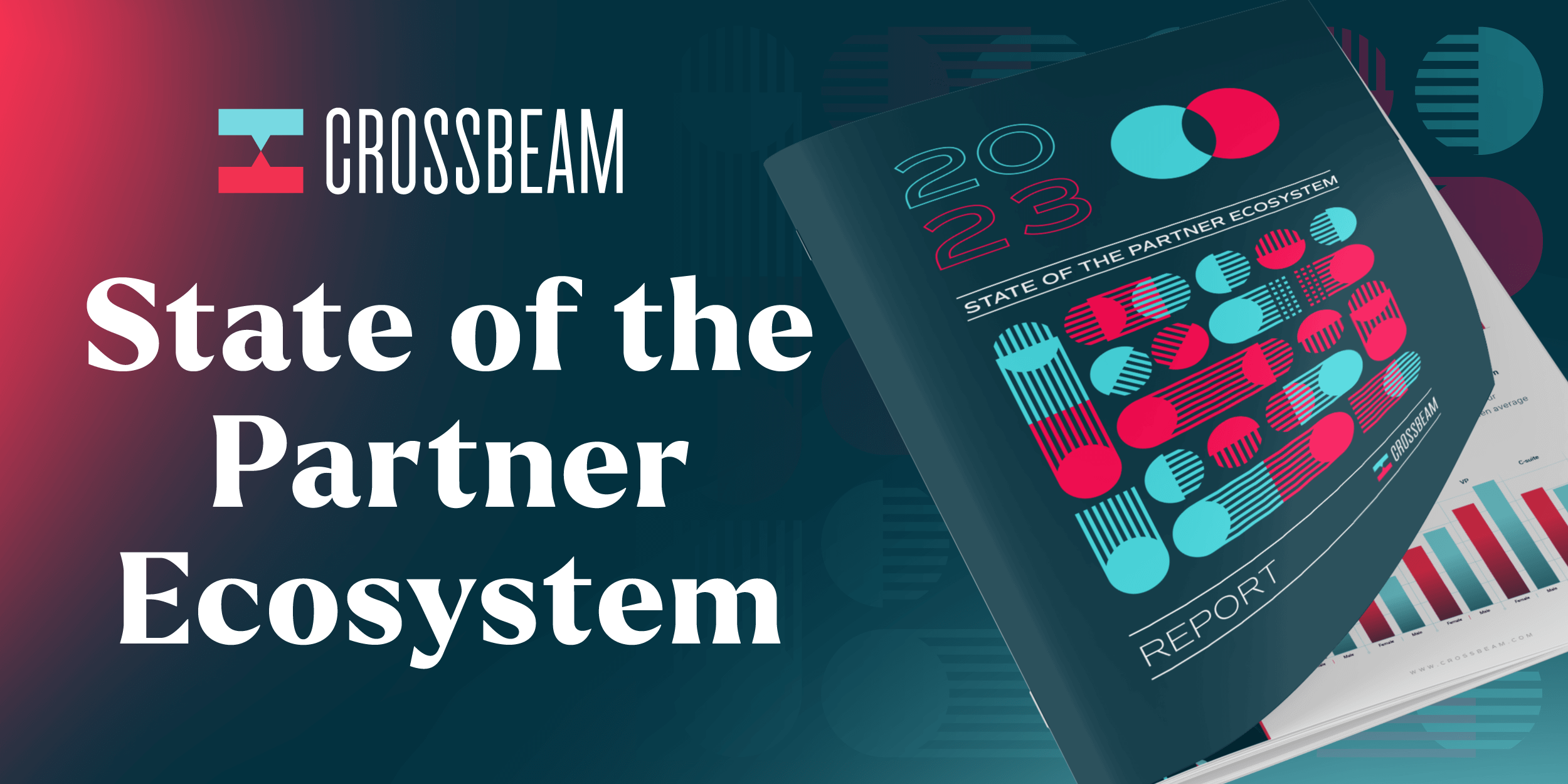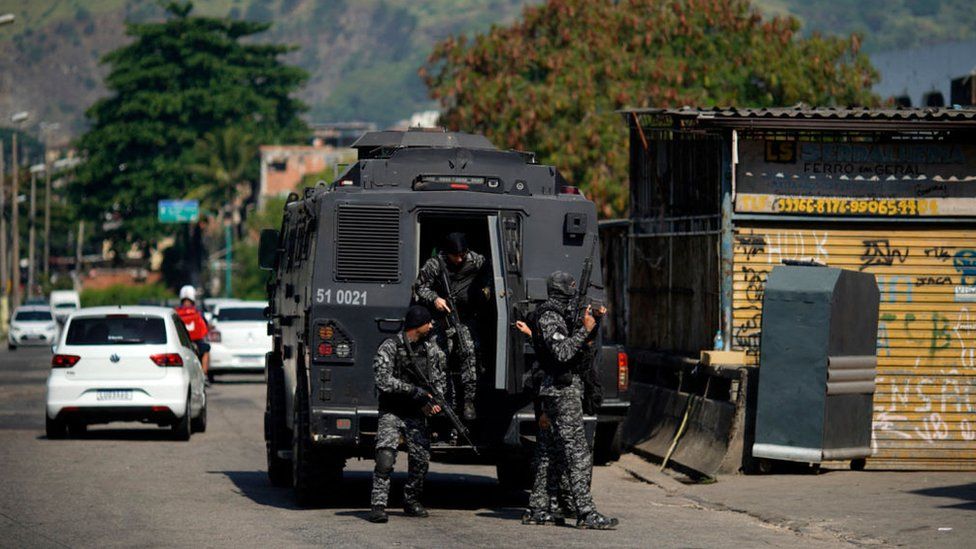
I am so mad I had to write this, the world’s most self-evident take: but here is the article you can send to people when they say “but the environmental issues with cryptoart will be solved soon, right?”
I suppose, first, if you haven’t seen those “environmental issues”, and aren’t exactly sure what cryptoart is;
Cryptoart is a piece of metadata (including, generally- an image or link to an image/file, the creator of that file, datestamps, associated contracts or text, and the purchaser of the piece) which is attached to a “token” (which has monetary value on a marketplace) and stored in a blockchain.
An individual piece of cryptoart is called an NFT. You can think of each NFT as a trading card or a collectible with an individual value that is also affected by the general market value of NFTs as a concept, the Ethereum network and cryptocurrency in general. Like beanie babies without the beans.
Cryptoart is bought and sold with- and has its value calculated in- Ethereum, a 6-year-old cryptocurrency that was (at the time of writing, 2 pm March 2nd 2021) trading at 1 ETH = $1476.21 USD.
Several artists have written about the specific environmental costs associated with cryptoart. Numbers vary, but minting artwork on the blockchain uses somewhere between weeks, months, years, (and in rare instances decades) of an average EU or US citizen’s energy consumption. (You can see the energy usage and emissions of individual NFTs at cryptoart.wtf.)
During unprecedented temperature increases, sea level rise, the total loss of permanent sea ice, widespread species extinction, countless severe weather events, and all the other hallmarks of total climate collapse, this kind of gleeful wastefulness is, and I am not being hyperbolic, a crime against humanity.
There really isn’t much contention on ‘powering an art market with incredible amounts of burned energy’ being a bad thing, although accounts differ to what extent NFTs are directly contributing to the problem.
A recent article by NFT marketplace Superrare, who may have, uh, some skin in the game would like to remind you that Ethereum’s carbon emissions are tied to price NOT volume. To borrow a metaphor from their article- you can think of the Ethereum network as a train, which will run whether or not the seats (NFTs) are filled. They would like to gloss over the next bit of the metaphor, which is that seats on trains are more expensive when trains are full, which in the case of Ethereum makes the whole network emit more carbon.
But regardless of the general feeling that “okay yes there are some bad bits”, if someone has sent you this essay, it might be because you have asked a question like the following;
But we can fix the environmental problems with cryptoart, right?
If the other parts of cryptoart are useful then is it worth stopping just because of energy cost?
Is cryptoart any worse for the environment than art fairs and physical goods?
Can we use offsets and green energy to power the cryptoart market instead?
Isn’t empowering individual artists to sell their work a good thing?
Or another, similar, what-if. Here’s why those questions are the wrong ones to be asking. But first;
Why does cryptoart waste so much energy?
There is nothing specific about the energy cost of cryptoart that isn’t true for anything else that can be “minted” on the Ethereum blockchain, or that is bought and sold with a currency that is dependent on burning energy.
Why is this? This is because major cryptocurrencies- most notably Bitcoin and Ethereum (which is what NFTs are traded with)- use a protocol to determine their value called “proof of work”.
Proof of work, in essence, is a way to confirm that computational effort has been expended by “the prover” (the system doing a task). The idea was originally conceived in 1993 as a way to disincentivize things like spam or bots. Proof of work was supposed to be unnoticeable by normal human users, but would make things like the thousands of requests needed for a denial-of-service attack hard to run. It is like a little puzzle for your computer.
Fast forward to 2009, which saw proof of work (along with another technology called the blockchain, a kind of public ledger) used for a very different purpose; making the digital currency Bitcoin. This is a simplified explanation, but to make a bitcoin, Bitcoin “miners” task their specialized computers to solve those proof of work puzzles, competing with one another to validate blocks on the blockchain. A successful solution- which is somewhat rare- rewards the miner with the new coin. The more a computer “works” (the more energy is expended) the more competitive it is. You can think of it as a lottery, with every kilowatt-hour a ticket. This process is called mining.
This started innocuously enough- mining in 2009 was a background process that could run on a laptop as it idled. However, the difficultly of mining blocks in the blockchain is designed to increase over time. This is because as the network grows, the relative rate of new coins mined stays stable (for Bitcoin, about 1 block is mined every 10 minutes).
To solve the problem of more computers mining, the proof of work puzzles get harder. Miners get more computers, better GPUs. The puzzles get harder. Miners move to places with cheap electricity. The puzzles get harder. Miners retrofit warehouses, air-condition shipping containers. The puzzles get harder. Monumentally harder.
After a decade+ of a growing cryptocurrency market, what we’ve been left with is a financial network that uses more energy than Argentina, with no regulatory structure or federal oversight whatsoever.
This is not a new problem; the ecological devastation rendered by an out of control proof of work system has been written about for almost as long as cryptocurrency has been around.
And lest you think we are dealing in long-term abstractions- this devastation has tangible, externalized cost; a recent study out of the University of New Mexico estimated that in 2018 every $1 of Bitcoin value was responsible for $0.49 in health and climate damages in the US, costs that are borne by those who will, for the most part, never see any return from cryptocurrency mining whatsoever.
How does cryptocurrency generate value, and why is this a problem?
The prices of cryptocurrencies have risen dramatically in the 12~ years of their existence. Bitcoin’s value in particular has increased monumentally; $100 worth of Bitcoin in 2009 would be $488,100,000 now. This kind of meteoric rise in value is not universally true of every cryptocurrency (there are thousands of cryptocurrencies, which fluctuate like any currency) but this has been the general trend. Ethereum, which is what cryptoart is traded on, has increased 354086% since launch.
There are a lot of reasons you could point to to explain this value growth, including general adoption, the anonymity cryptocurrency allows in illegal purchases, and a robust scene of scammers manipulating prices for quick returns. But there is also a very simple and obvious reason, and this is that it is wasteful. It requires value (the price of electricity) to be wasted in order to be made, and inherits all of that value in the making.
Proof of work places a direct lien against the future.
A cryptocurrency’s energy cost is tied to its current price. This is because cryptocurrencies are designed to incentivize miners- if they were not tied together, the potential value return of a making a bitcoin could fall below the price of electricity required to make it.
Because of this, Bitcoin’s continued financial return depends on coins being harder to make in the future. The people who invest in cryptocurrencies- like any kind of futures speculation- are betting that it will be better to be holding this resource tomorrow than making it.
While I don’t believe that we have to live under physical scarcity, through a combination of bad economic policies and incredible wealth inequality, we do. No one who has watched the price of food staples go up in a crisis has to imagine how scarcity can affect the market.
However, in a digital context scarcity must be constructed- there is nothing that demands the next block in the blockchain be harder to make than the last. If anything, the opposite should be true- computers grow ever more efficient and powerful. This means any scarcity is artificial, a process that demands ever more energy, ever more resources lost to continue to operate and return, for no other reason than to insure that tomorrow it will be even more expensive- which makes the wastefulness of today a good investment.
This is why cryptocurrency is valuable. There is nothing high-tech about it. There is no miracle. It is simply futures speculation without the speculation- no guessing required, because we know it will be more wasteful tomorrow; it is baked into the tech.
All that cryptocurrency does is abstract resources into a market by making those resources unavailable to the future.
Aren’t there alternatives to Proof of work?
Proof of work is not the only schema around. The biggest alternative is proof of stake (PoS), and it is never very long into any argument around the ecological cost of cryptocurrencies that proof of stake is brought up.
While proof of work coins demand solving increasingly energy-intensive puzzles to enter the lottery of who gets to mint the next coin, proof of stake coins take a different approach; entries into a PoS lottery are doled out by “held stake” in a system, generally by coins currently in an individual wallet.
On paper- well, there it is, ecological problem solved!
However, PoS currencies operate within the same conceptual framework as PoW currencies, and despite a number of PoS coins that do function, a pretty standard use case for PoS has been for PoW to point at and say “we’ll be there soon”.
Ethereum “has been moving” to proof of stake for almost as long as it has existed. It has been so long that “Eth 2.0 PoS Coming Soon!” is something of a running joke. In all that time, any time the ecological cost of PoW is brought up, PoS is touted as the redemption just over the hill- if we can just hang on another few months, the whole network will be green.
Meanwhile, the Ethereum networks’s annual energy consumption is hovering around 24.43 TWh — roughly equivalent to the entire country of Ecuador. Even if Ethereum does manage to make the switch someday;
We truly don’t have time to wait.
Proof of stake is, and always has been, valuable as a bait and switch, but there are other, obvious problems with PoS (and various other proofs), which are that to more or less degrees they don’t address any of the problems with access to cryptocurrency relying on existing wealth.
Proof of stake coins use a variety of mechanisms to determine “lottery ticket” allocation, but it essentially boils down to: 1 coin in your wallet, one lottery ticket.
Proof of capacity gives you a lottery ticket per available hard drive segment.
Proof of assignment gives you a lottery ticket per smart device / internet of things consumer electronics good you own.
Proof of donation gives you a lottery ticket per donation to a charitable organization.
I’m sure you’re seeing the problem here- there is not a schema that doesn’t reward those who already are already wealthy, who are already bought in, who already have excess capital or access to outsized computational power. Almost universally they grant power to the already powerful.
This is also a climate issue.
Climate justice is social justice. This is true in that the worst impacts of climate collapse are felt by those with no means to avoid them, while those with resources easily fuck on off to somewhere where they don’t have to see it.

- There are a lot of things to remember before you hire a web development and web design firm.The phrase "unschooling" essentially implies "not sch

- In the fast-paced digital landscape, staying ahead is not just an advantage; its a necessity. One technology

- At least 25 people including a police officer have been killed in a shoot-out in Rio de Janeiro, according to local media.

- hires including mandatory masks in some public indoor businesses, for hospitality workers and on public transport. g regregr rgeg